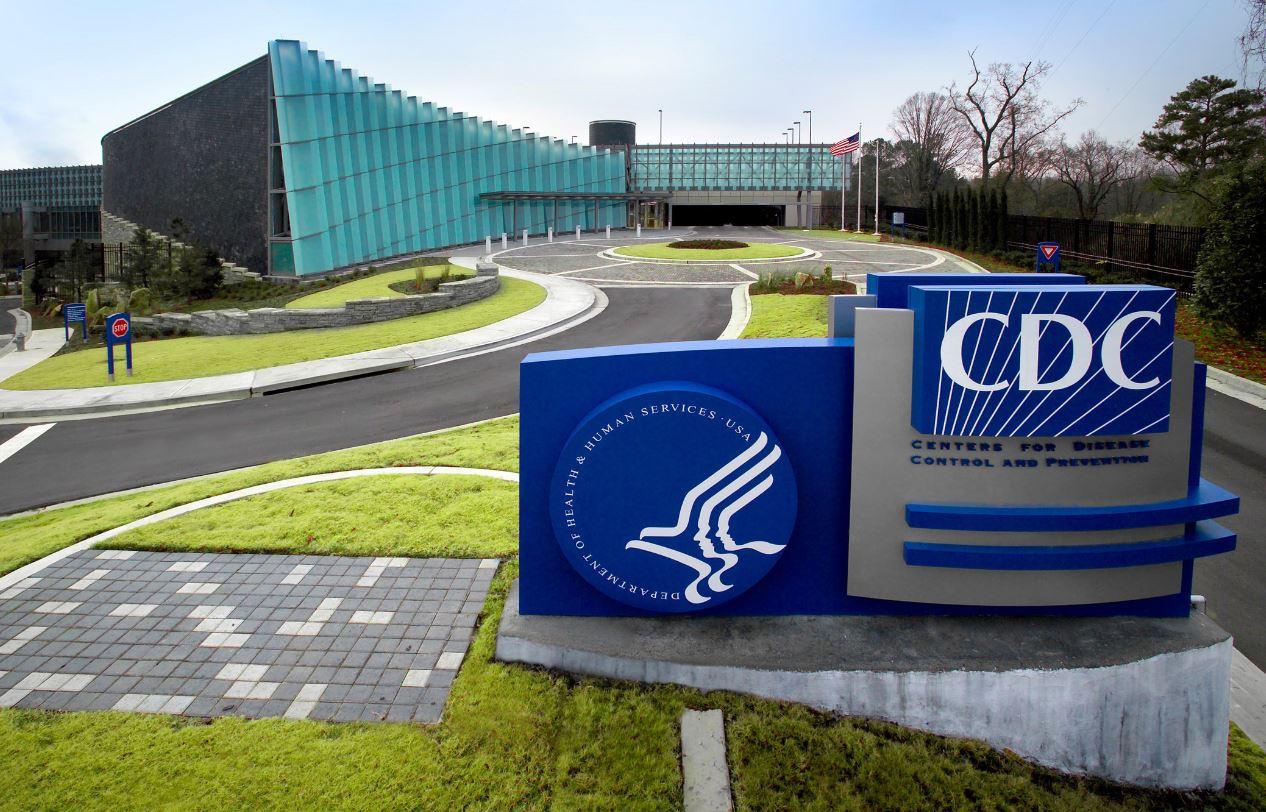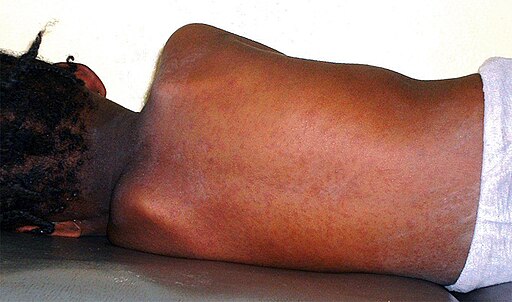Cambodia’s health ministry yesterday reported its third human H5N1 avian flu case of the year, a 3-year-old boy, according to statement posted on the group’s Facebook page. In an updated second statement, the ministry said the boy died from his infection, according to a translation posted by Avian Flu Diary, an infectious disease news blog.
.jpg)
The boy is from Kratie province in the East-central part of the country. Before he died, he was hospitalized with severe symptoms that included fever, cough, and breathing difficulties.
Investigators discovered the family raised chickens, and five of the birds had died and others were sick. The family had cooked dead chickens for eating.
Of Cambodia’s three H5N1 cases this year, all were fatal. The most recent patient was a 2-year-old boy from Prey Veng province who had been exposed to the family’s sick chickens.
Cambodia experienced a dramatic uptick in human H5N1 cases at the end of 2023. Some have involved a novel reassortant that combines genes from an older 2.3.2.1c clade known to circulate in Southeast Asia with internal genes from the newer 2.3.4.4b clade that has spread globally. The older clade still circulates in Cambodian poultry, with sporadic infection reported in people.
The White House has signaled that it will nominate the Centers for Disease Control and Prevention (CDC) acting director Susan Monarez, PhD, to lead the agency, CBS News reported today, citing sources familiar with the decision. A Department of Health and Human Services (HHS) official also confirmed that Monarez will be nominated.

Her nomination follows the White House withdrawal of its original nominee, David Weldon, MD, after it became clear that he didn’t have the votes to clear Senate confirmation.
A seasoned administrator and expert in new technology
Monarez was named as acting CDC director in January, following the change in presidential administration. She previously served as deputy director of the Advanced Research Projects Agency for Health within the HHS. She has also held several other roles in government, including with the Office of Science and Technology Policy and the National Security Council, both within the executive branch.
Her work has included strategies to combat antimicrobial resistance and she has led projects to use artificial intelligence and machine learning to improve health outcomes.
CBS reported that others reportedly considered for the nomination were Michael Burgess, MD, a former Texas congressman, and Florida Surgeon General Joseph Ladapo, MD.
Her nomination comes as the CDC grapples with a large measles outbreak, continued H5N1 avian flu circulation in animals with occasional jumps to people, staffing cuts, and other uncertainties due changing Trump administration priorities.

Late last week Tennessee reported its first measles case of the year, in a mid-state resident whose exposure is still under investigation, according to the Tennessee Department of Health (TDH).
“The individual became infected with measles in early March and is recovering at home. Public health officials are working to identity other locations and persons potentially exposed to the virus,” the TDH said in a news release.
Kansas now has 10 cases
Meanwhile, Kansas now has 10 measles cases so far this year, all in children who were unvaccinated or under vaccinated according to an update today from the Kansas Department of Health and Environment.
All cases involve children 17 years or younger, with nine patients being unvaccinated and one patient only partially vaccinated against measles. So far, no patient has been hospitalized or died from the infection.
The cases occurred in Grant, Morton and Stevens counties, and it is not known if the patients had contact with other measles patients.
“Due to the highly contagious nature of measles, additional cases are likely to occur in the outbreak area in Kansas and in surrounding counties, especially among those that are unvaccinated.
“Due to the highly contagious nature of measles, additional cases are likely to occur in the outbreak area in Kansas and in surrounding counties, especially among those that are unvaccinated,” Kansas officials said.
As of March 20, the country had 378 confirmed measles cases so far this year in 15 jurisdictions: Alaska, California, Florida, Georgia, Kansas, Kentucky, Maryland, Michigan, New Jersey, New Mexico, New York City, New York state, Ohio, Pennsylvania, Rhode Island, Texas, Vermont and Washington state.

Three months after COVID-19 infection, 40% of adults and 16% of children living on the Navajo Nation or White Mountain Apache Tribal lands in Arizona still had symptoms, suggests a study published last week in PLOS Global Public Health.
A Johns Hopkins University-led team used nasal swab and antibody testing, electronic health records, and interviews to track the COVID-19 symptoms of 258 Indigenous adults and 84 children who tested positive from February 2021 to August 2022, with 3 months of follow-up.
“When adjusted for age, persons classified as American Indian and Alaska Native (AI/AN) were 1.6 times more likely to become infected, 2.4 times more likely to be hospitalized, and 2.0 times more likely to die because of COVID-19 than non-Hispanic White Americans, even among individuals with lower levels of co-morbidities,” the researchers wrote.
Vaccination linked to lower long-COVID risk in adults
In total, 82.9% of adults and 42.9% of children completed the COVID-19 vaccination series before they were infected. The vast majority (98.4% of adults, 90.5% of children) had mild, symptomatic infections, and 57.8% and 39.3%, respectively, reported at least six symptoms.
While the absence of a control group is a limitation, these findings highlight the potential ongoing healthcare needs related to PCC in Indigenous populations.
A total of 39.8% of adults and 15.9% of children still had symptoms at 3 months, meeting the criteria for long COVID, or post-COVID condition (PCC). The most common symptoms were fatigue, cough, headache, nasal congestion, and muscle pain.
Long-COVID risk factors for adults enrolled during Omicron predominance were older age and hospitalization during acute infection, while vaccination was protective. A multivariable analysis also found that COVID-19 vaccination was tied to a lower risk of long COVID (risk ratio, 0.56).
Nearly all (95.2% of adults and 66.7% of children) had SARS-CoV-2 antibodies, indicating COVID-19 vaccination and/or previous infection.
“While the absence of a control group is a limitation, these findings highlight the potential ongoing healthcare needs related to PCC in Indigenous populations,” the study authors noted.
A systematic review and meta-analysis of four randomized controlled trials (RCTs) indicates that 7 days of antibiotics is adequate for most uncomplicated gram-negative bloodstream infections, researchers reported late last week in JAMA Network Open.
The review, led by researchers at McGill University in Montreal, identified four RCTs conducted from May 2022 through November 2024 in which adults hospitalized with gram-negative bloodstream infections were allocated to 7 or 14 days of antibiotic therapy. The primary outcome was 90-day mortality. Risk ratios (RRs), 95% credible intervals (CrIs), and the probability of noninferiority were calculated using a prespecified upper bound of 1.25 or less.
Little difference in 90-day mortality
The four RCTs included 3,729 patients in the intention-to-treat (ITT) population (median age range, 67 to 79 years; 51.3% female) and 3,126 in the per protocol (PP) population. Most infections (90.8%) were caused by Enterobacterales species. In the ITT analysis, 226 of 1,884 patients (12.8%) receiving 7 days of antibiotics died within 90 days compared with 253 of 1,845 (13.7%) receiving 14 days of antibiotic, corresponding to an RR for 90-day mortality of 0.91 (95% CrI, 0.69 to 1.22) and a 97.8% probability of noninferiority.
In the PP analysis, the RR was 0.93 (95% CrI, 0.68 to 1.32), corresponding to a 95.1% probability of noninferiority.
“In this systematic review and meta-analysis, 7 days of therapy likely represent the preferred duration for uncomplicated Gram-negative bloodstream infections,” the study authors wrote. “Future RCTs outside Enterobacterales bacteria and in populations that are more severely immunocompromised will be helpful in providing further evidence in support of shorter durations.”

The results of an online survey suggest that frequent antibiotic users have different cognitive beliefs and views about medicine and are more distrustful of science than nonusers, according to a research letter published late last week in JAMA Network Open.
Conducted by researchers at the University of Utah in March and April 2024, the survey presented adult respondents 64 years and younger with a scenario describing symptoms of a viral respiratory infection for which antibiotics are not indicated, then asked their antibiotic preference. The survey also asked respondents to report their demographics and cognitive beliefs, such as whether they preferred an active versus passive approach to healthcare.
The 581 respondents (mean age, 42.6; 57.1% female) were classified as nonusers (no antibiotic use in the previous 12 months) and frequent users (antibiotics taken three or more times in the previous 12 months).
Frequent antibiotic users prefer to act
Compared with nonusers, frequent antibiotic users were younger (ages 50 to 64 years vs 18 to 33 years: adjusted odds ratio [aOR], 0.29; 95% confidence interval [CI], 0.16 to 0.53), had more comorbid conditions (aOR, 1.14; 95% CI, 1.02 to 1.29), needed more health literacy support (aOR, 1.54; 95% CI, 1.28 to 1.87), preferred to act rather than watch and wait in uncertain medical situations (aOR, 1.22; 95% CI, 1.06 to 1.41), and had greater disbelief in science (aOR, 1.26; 95% CI, 1.06 to 1.50).
Respondents with frequent antibiotic use were more likely than nonusers to want antibiotics for a viral respiratory infection (aOR, 1.64; 95% CI, 1.26-2.16) but did not differ in their concern about adverse effects.
“These findings suggest important differences in cognitive beliefs and antibiotic preferences between nonusers and high antibiotic utilizing adults,” the study authors wrote. “Educational materials and interventions to promote appropriate antibiotic use should be tailored to the specific needs and concerns of patients who frequently use antibiotics.”













